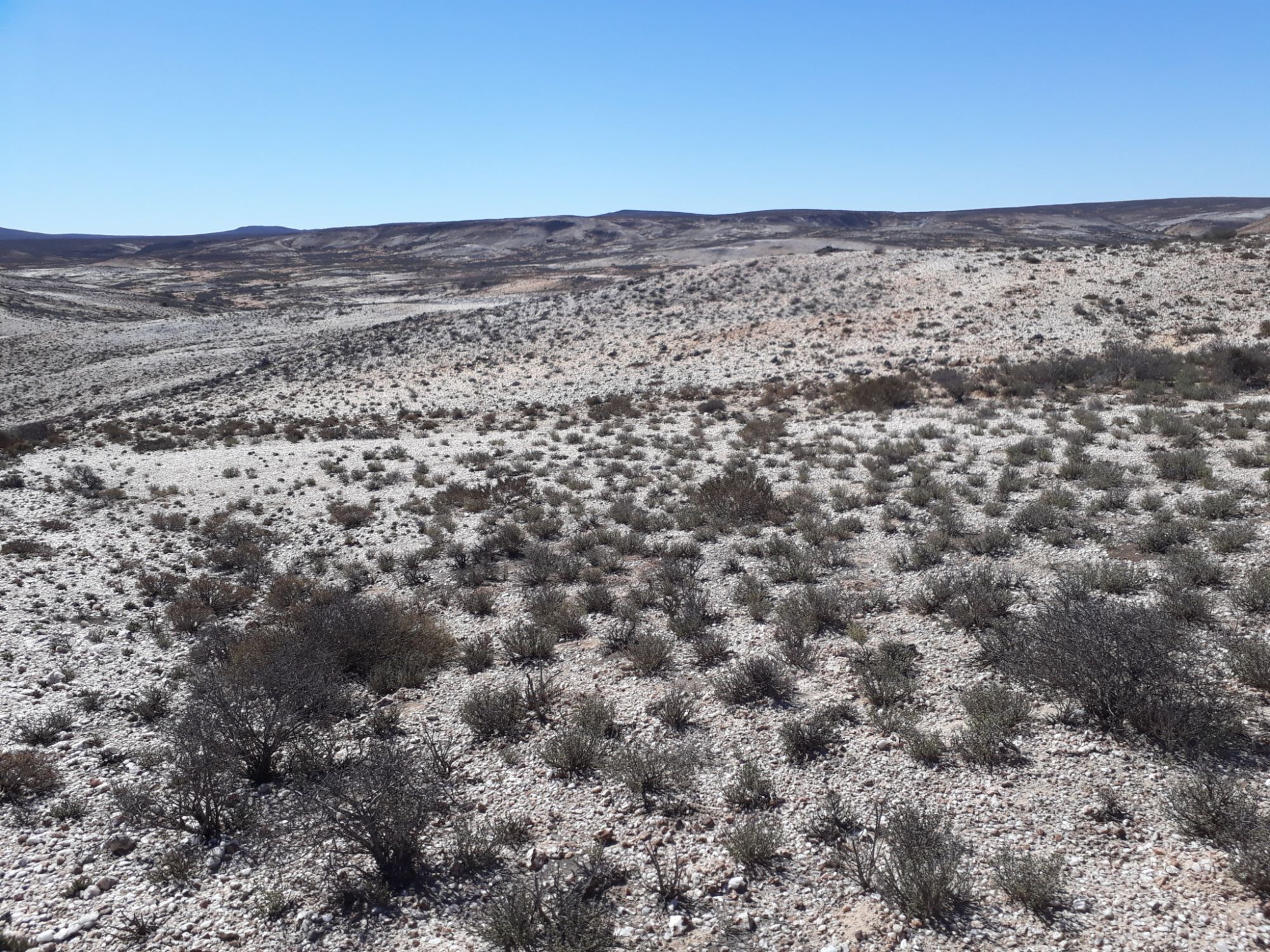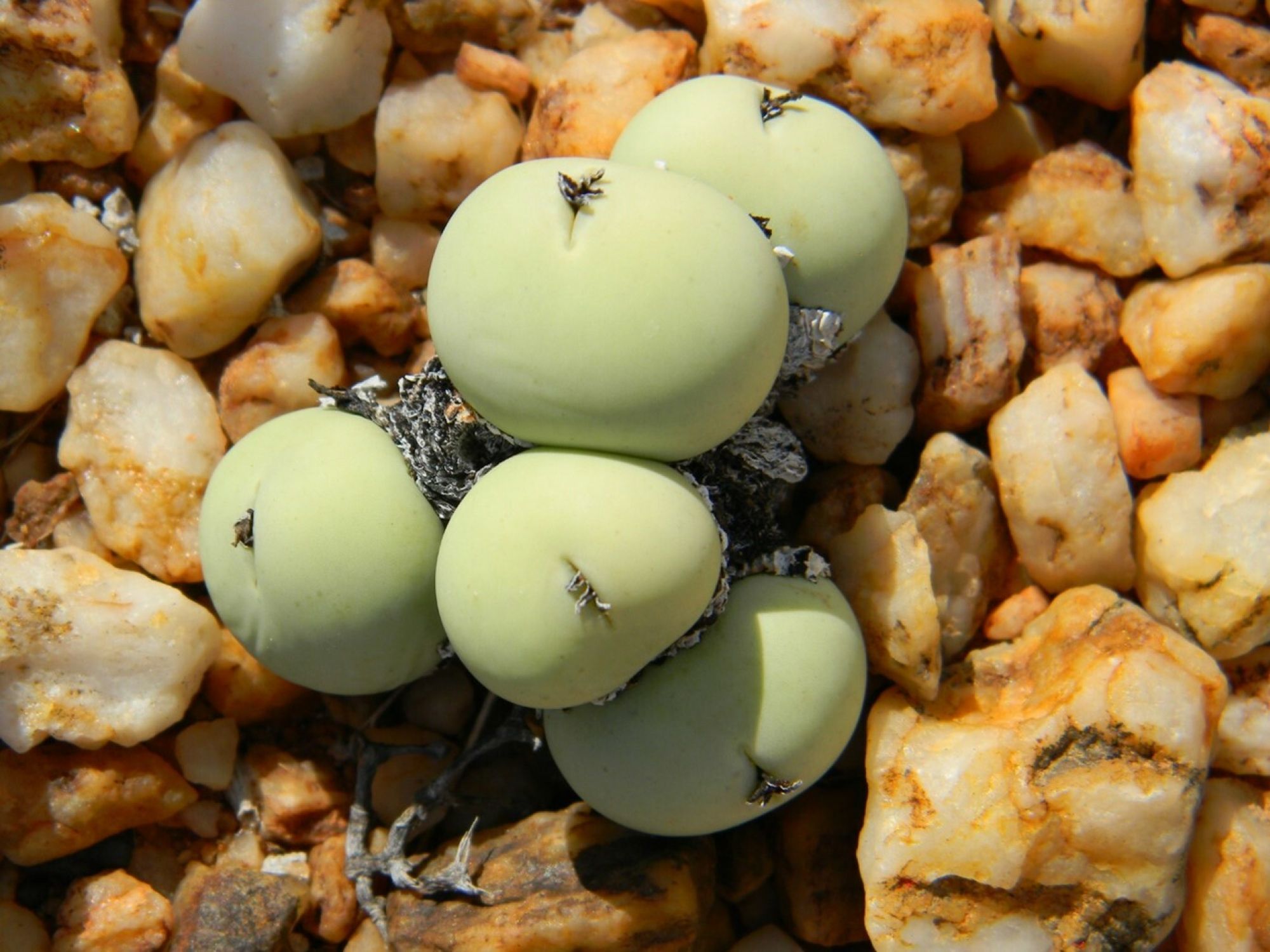
The Succulent Karoo Biome – the World's Only Arid Hotspot
It is not possible to talk about the biodiversity of the Western Cape Province without mentioning the smallest world-renowned floral kingdom, the Greater Cape Floristic Region. This floristic region consists of the Core Cape sub-region and the Extra Cape sub-region respectively, better known as the Fynbos Biome and the Succulent Karoo Biome. Despite being overshadowed by the popularity of Fynbos vegetation in the province and occurring in the driest part of the province, the Succulent Karoo is considered a world biodiversity hotspot that is home to the largest concentration of succulent plant species, globally.
The Succulent Karoo Biome covers 116 000 km2 and extends from the south-west through the north-western areas of the Western Cape and into southern Namibia. Succulent Karoo consists of about 6 400 plant species of which 40% are endemic, which means they only occur in the area. The rich biodiversity of this biome is due to an extensive range of different habitat types. The plants are exposed to extremely hot summers and below-average winter variable rainfall. To cope with this harsh environment, over time, succulent plants have devised peculiar strategies to optimise their survival.

Figure 1: Vast sparse landscape of the Knersvlakte (Image: Gail Cleaver-Christie)
Succulent flora species are adapted to the extreme conditions of this biome and these adaptations include some well-developed seed banks. One type of seed bank is seen in several species of the highly dominant plant family, Aizoaceae, in which numerous seeds are stored in characteristic seed capsules held on the plants. The seeds are only released from the capsule when it rains, and this condition is conducive for good germination. The peculiarities of these succulent plants are well exhibited in most species of the dwarf succulent genus, Conophytum.
Conophytum occupies a wide range of habitats, from the quartz-pebble–rich plains of the Knersvlakte through to the high, granite-dominated mountains of the Khamiesberg, to the quartz inselbergs of Bushmanland and the southern Namib Desert. The diverse and unusual leaf characteristics of Conophytum individuals help the plant to ameliorate some of the stresses it is subjected to in the Succulent Karoo. These unusual shapes of Conophytum species also allow these species to successfully occupy a wide range of micro-habitats within the Succulent Karoo Biome. This area is home to 149 known Conophytum taxa, including 65 separate species.
The flamboyant marble buttons, Conophytum calculus (Figure 2), is among one the interesting species in this genus. Conophytum calculus is a small stemless succulent with two fleshy leaves fused into a spherical body that multiplies with age to form dense clumps. It produces yellow or orange flowers that only open at night for pollination. The specific name, calculus, is the Latin word that means pebble. Its resemblance to pebbles and the firmness of its flesh is what got it its name.
The bodies are up to 3cm in diameter and completely smooth and hairless, chalky green to pale yellowish-green and spotless. The species is restricted to the Knersvlakte region and are only found on white quartz pebble patches. The white quartz pebbles where the species grows helps the plants cope with the extreme heat by reflecting the sunlight which creates a cooler microclimate for the plants as compared to adjacent patches. The fleshy leaves prevent the plants from drying out while storing sufficient water to cope with this drought-stricken environment.
The spectacular shapes and forms of most of these Conophytum species made these plants highly vulnerable. This is a serious concern as Conophytum is an extremely slow-growing taxon. Most species of this genus have a limited area of occupancy, and this puts pressure on ensuring that the plants are highly guarded and corrective conservation measures are in place to avoid the extinction of wild populations.

Figure 2: Clump of Conophytum calculus growing in quartz patches in the Knersvlakte (Image: Gail Cleaver-Christie)